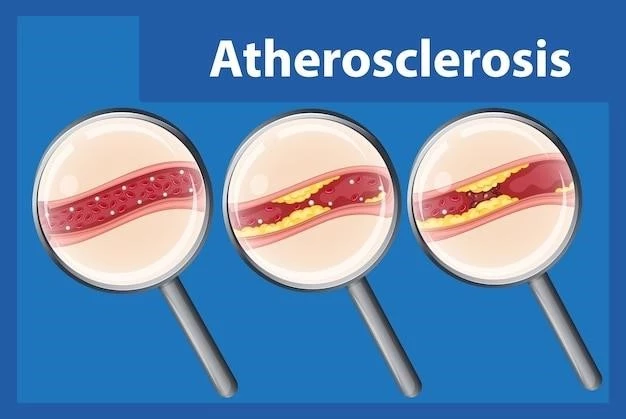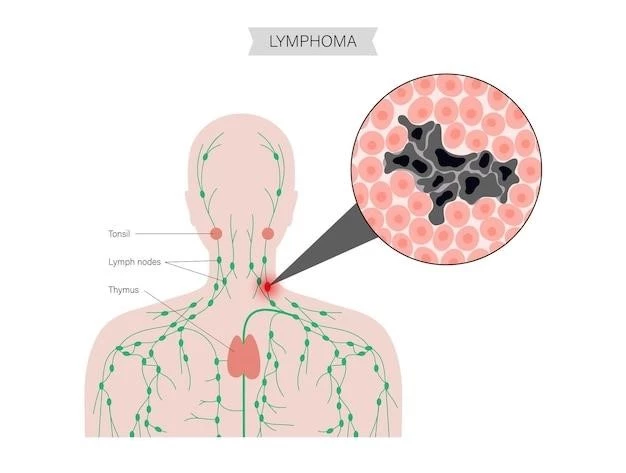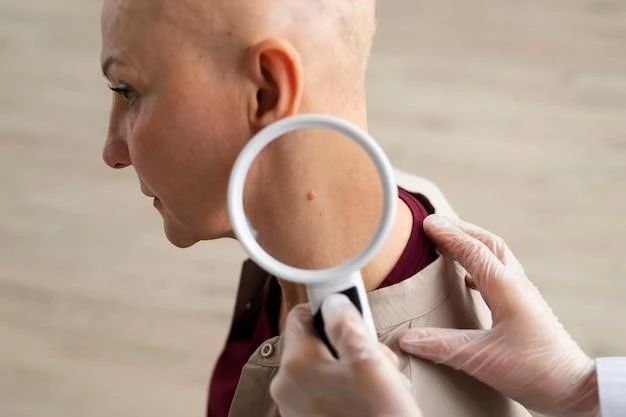Primary localized cutaneous amyloidosis (PLCA) is characterized by the extracellular deposition of amyloid proteins in the skin without systemic involvement. Lichen and macular amyloidosis are two primary types associated with similar histological features.
Definition and Types
Primary localized cutaneous amyloidosis (PLCA) is characterized by extracellular deposition of heterogenic amyloid proteins in the skin without systemic involvement. Lichen amyloidosis, macular amyloidosis, and nodular amyloidosis are different subtypes of PLCA. These presentations may vary in appearance and location on the body, impacting patients’ social and emotional well-being.
Causes and Risk Factors
Primary cutaneous amyloidosis is a condition characterized by the extracellular accumulation of abnormally folded proteins in the skin. Risk factors include genetic predisposition and, in some cases, association with the oncostatin M receptor.
Association with Oncostatin M Receptor
Primary cutaneous amyloidosis is a form of amyloidosis that has been linked to the oncostatin M receptor. This association plays a role in the pathogenesis of the disease and may offer insights into potential targeted therapeutic approaches.
Clinical Presentation
Primary cutaneous amyloidosis manifests through the extracellular accumulation of abnormally folded proteins in the skin, leading to various skin abnormalities. The condition may affect patients’ social and emotional well-being due to its visible impact.
Symptoms and Manifestations
The symptoms of primary cutaneous amyloidosis can vary depending on the subtype but commonly include skin abnormalities such as itching, brown or greyish spots, and patches of darkened skin. These manifestations may impact patients’ quality of life due to associated discomfort and cosmetic concerns.
Diagnosis and Histopathology
Primary cutaneous amyloidosis is characterized by the deposition of amyloid proteins in the skin without systemic involvement. Diagnosis involves histopathological examination of skin biopsies to detect the presence of pink amorphous material indicative of amyloid deposition.
Diagnostic Methods
Diagnosing primary cutaneous amyloidosis typically involves a thorough clinical assessment and may require a skin biopsy for histopathological examination. The presence of pink amorphous material within the skin’s papillary dermis, indicative of amyloid deposition, is a key histological feature used in diagnosis. Additional tests, such as Congo Red staining, may be performed to confirm the presence of amyloid proteins.

Treatment Options
Management of Primary Cutaneous Amyloidosis may include high-potency topical corticosteroids and UVA1 phototherapy as effective treatment options.
Current Reported Treatments
Primary cutaneous amyloidosis can be effectively managed with high-potency topical corticosteroids and UVA1 phototherapy, offering relief from symptoms and improving the cosmetic appearance of the skin.
Familial Primary Cutaneous Amyloidosis
Familial primary cutaneous amyloidosis is an exceptionally rare autosomal dominant condition characterized by keratotic papules and swirled hyper- and hypopigmentation on the extremities and trunk.
Genetic Aspects and Clinical Features
Familial primary cutaneous amyloidosis is an extremely rare autosomal dominant genodermatosis with distinct clinical features, including keratotic papules, swirled hyperpigmentation, and involvement of the extremities and trunk. The genetic aspect of this condition requires further study to understand its inheritance pattern and molecular basis.
Prognosis and Complications
Primary cutaneous amyloidosis can progress rarely to systemic amyloidosis, affecting multiple organs, leading to potentially life-threatening complications if untreated.
Potential Life-Threatening Progression
Primary cutaneous amyloidosis poses a risk of progressing to systemic amyloidosis, where amyloid deposits can accumulate in various tissues and organs throughout the body. This progression can lead to severe and potentially life-threatening complications if left untreated.

Management Strategies
Management of Primary Cutaneous Amyloidosis involves various approaches such as high-potency topical corticosteroids and UVA1 phototherapy, aiding in symptom relief and cosmetic improvement.
Therapeutic Approaches and Considerations
Therapeutic approaches for primary cutaneous amyloidosis may involve the use of high-potency topical corticosteroids and UVA1 phototherapy, tailored to each patient’s specific needs to alleviate symptoms and improve skin appearance.
